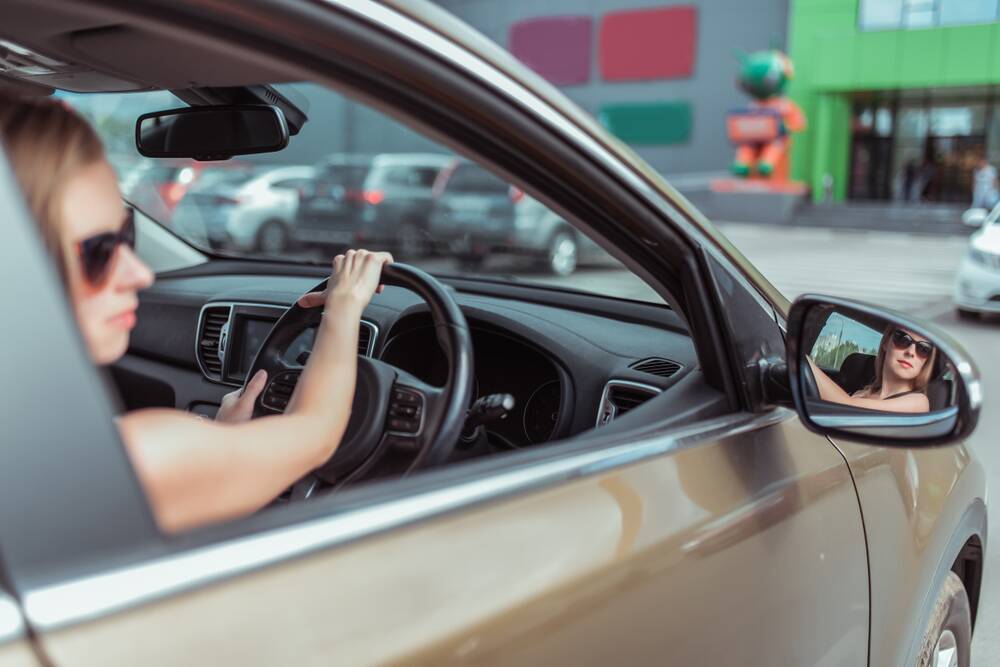Unpacking the impact of lockdowns on new drivers

This is branded content.
This time last year, many Aussie families with high school-aged children were infuriated by the omission of driving lessons from the list of acceptable reasons to leave our houses during statewide lockdowns.
Whilst not all states followed this hard rule, COVID-19 lockdowns over the last two years have still placed a noticeable strain on new drivers, with some of the more pressing impacts including cancelled or grossly delayed driving tests, as well as their limited 5km radius failing to provide a variety of different driving environments.
There have been other detrimental effects of lockdowns on new drivers, most of which became apparent to young drivers themselves well before these impacts were brought to the attention of their parents, teachers and instructors, or the wider public. We explore a few of these impacts below.
Introducing young drivers to basic car maintenance
With many families using their cars less and less in lockdown and the added responsibility of facilitating at-home learning experiences being placed on parents, many young drivers expressed that there were limited opportunities for them to engage with the family car, both behind the wheel and under the hood.
Knowledge surrounding basic car maintenance like how often a car battery may need replacing or how to check a vehicle's fluid levels, was not being shared with learner drivers during lockdown, simply because families were using their cars significantly less, and parents had limited time to thoroughly teach these essential skills.
With lockdowns lifting and bookings for driving tests available to new drivers once again, many parents have been speaking with their young drivers about car maintenance after they've already sat their driving test.
Many instructors fear that education in car maintenance after new drivers have already received their license, can be less effective than providing this knowledge as foundational during a driver's learner period.
This is primarily due to the fact that newly licensed drivers are keen to hit the road and drive independently, preferring that to staying at home to learn the ropes of car care and responsible car ownership.
Opportunities for a variety of driving experiences
Speaking of hitting the road, even if your new driver was able to clock in a few hours during your periods in lockdown, there are still real concerns that driving within your 5km lockdown radius, may not have yielded the array of different driving experiences and environments that makes for well-rounded young drivers.
With many new drivers rearing to get on rural highways this summer and embark on their first independent roadtrips, many parents are rightly concerned that their young drivers are sorely inexperienced for the vastly different driving conditions that rural or regional motorways can present.
With Aussie summers routinely bringing torrential rains and thunderstorms, extreme weather conditions can often plague regional highways, leading to slippery roads and potentially even flash flooding.
On the opposite end of the spectrum, bushfires can also cause some major hazards, and young drivers may not be aware of how best to conduct themselves in these harsh situations.
If young drivers have limited experience with driving over 100km/h, they may also find themselves driving unsafely on rural highways, with or without extreme weather conditions.
For this reason, it's the responsibility of parents or caregivers to ensure that young drivers have had some experience driving on rural roads with supervision well before they set off on a roadtrip with their friends.
Are online driving tests as valuable as in-person testing?
Victoria made headlines earlier this year following the introduction of their online learners test, which would allow learner drivers to sit their tests from the comfort of their own homes rather than booking a test time at their local VicRoads centre.
Whilst these online tests were originally introduced both as a social distancing measure as well as to minimise the impact of limited appointment slots at VicRoad centres, many parents and instructors alike are concerned that these online driving tests can't compare to in-person testing.
Although VicRoads assures that the materials in these online tests are to be consistently kept up-to-date to ensure that learner drivers have access to all the most relevant and valuable information and resources, many assert that the dynamic nature of driving cannot be replicated in simulations, and that it's imperative for online driving tests to be distinct from hazard perception testing.
Solutions and resources for young drivers
So what are the real solutions for young drivers? The answer to this is many hours of hands-on experience both behind the wheel as well as in the garage.
Many are calling for learner drivers to demonstrate competency with basic car maintenance alongside being familiar with road rules prior to setting off on the roads this summer.
Organisations like the Fit To Drive Foundation are aiming to fill the gaps themselves by facilitating road safety workshops geared towards teaching new drivers how best to conduct themselves in a variety of novel driving conditions and situations. Schools across the country are also introducing their own driving workshops to ensure that students can develop road safety skills with their peers as well.
~
Whilst it's uncertain as to whether lockdowns will continue on in 2022, it's likely that new drivers will feel a growing need to make up for lost time on the roads. It's imperative that parents maintain perspective here, and do what they can to place emphasis on the need to drive safely over the need to drive now.


